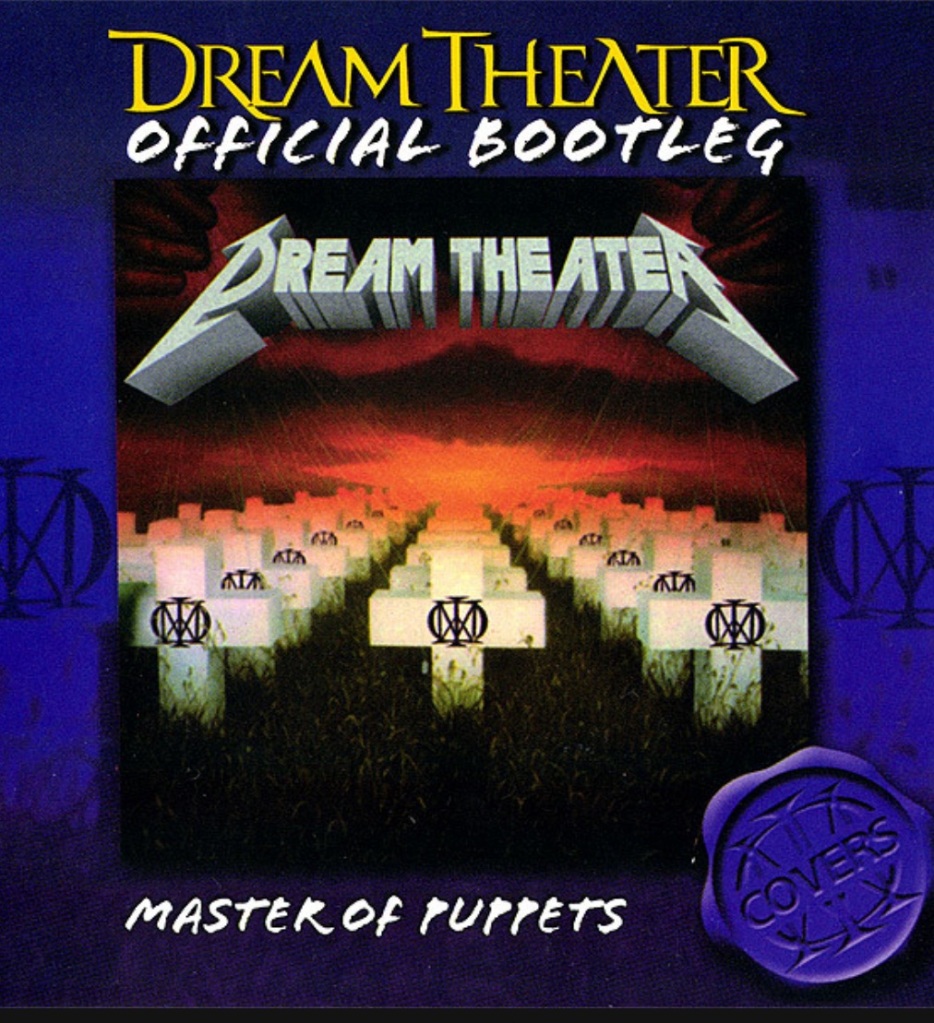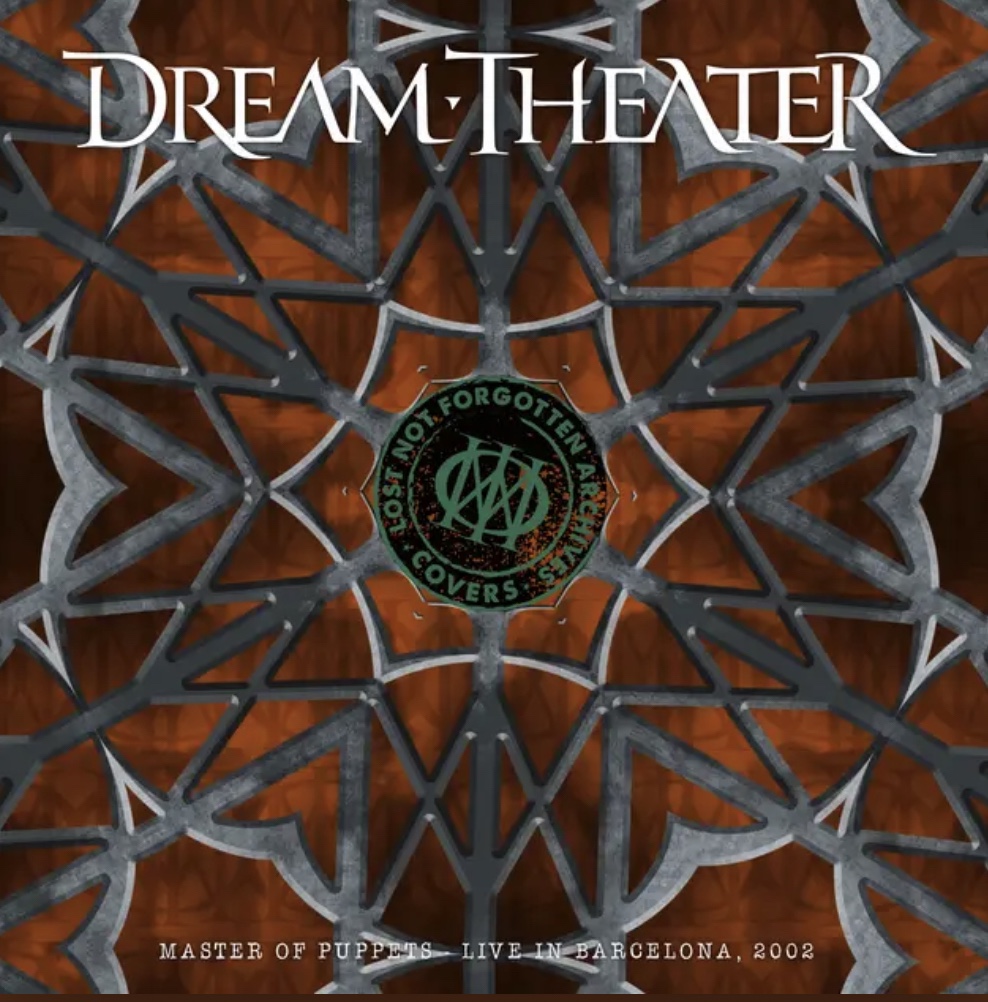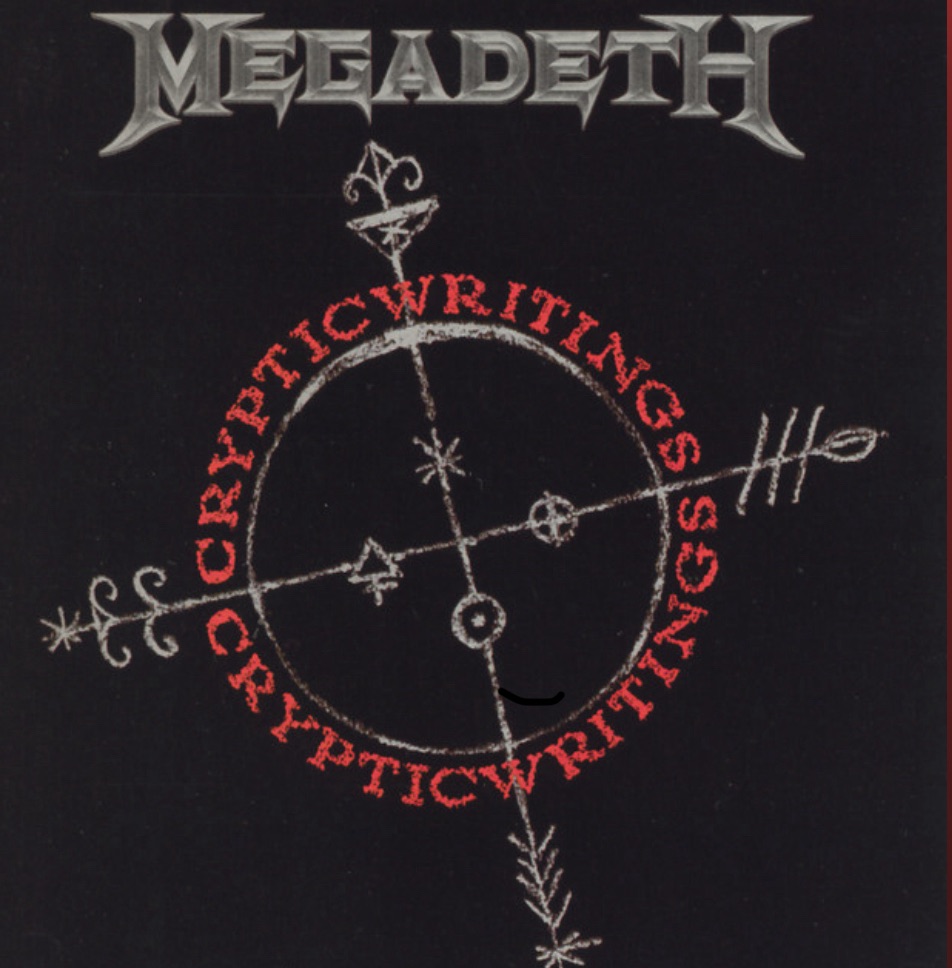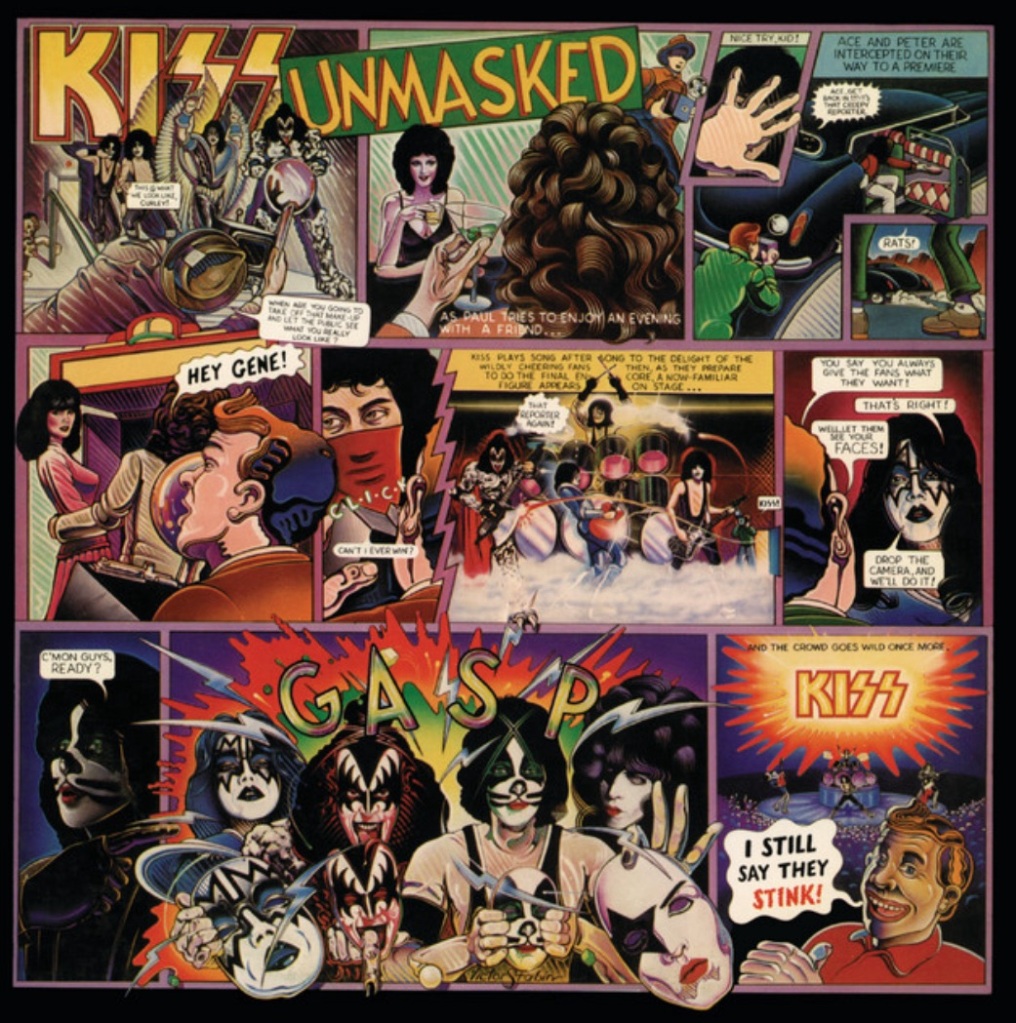
The cover above is the version I have, released in 2004 via their own YtseJam label.
It was also re-released in 2021 via the “Lost Not Forgotten” Archives with the below cover.

The performance of this album would inspire the writing for their most Metal album in “Train Of Thought”.
The show was recorded live in Barcelona, Spain on February 19th 2002. It was the second night of a two night stand in a city.
And it was the start of a new Dream Theater tradition (while Mike Portnoy was in the band), which was to play an entire album from another band.
This is what Mike Portnoy had to say about it in the CD booklet;
“Dream Theater is playing the 2nd night of a 2 night stand in Barcelona, Spain…
After an almost 2 hour set of DT material and a 15 minute intermission, the lights went out and the opening chords to “Battery”
began…
50 minutes later, the Spanish crowd had no idea what had hit them.
The next day the word was all over the internet and our new tradition to cover a classic album whenever we did a 2 night stand in the same city had been established…but for those 50 minutes in Barcelona, the completely unsuspecting crowd had no way to see it coming…
I remember looking into the crowd by the time we started “The Thing That Should Not Be” and seeing people look at each other like;
“Holy shit…they’re doing the whole
fucking thing!!!”.
Yep, that would have been the same response I would have had.
The band for the recording is James LaBrie on vocals, John Petrucci on guitars, Mike Portnoy on drums, John Myung on bass and Jordan Rudess on keys.
Battery
This is performed exceptionally.
LaBrie also brings out the chainsaw aggression of a youthful Hetfield.
Petrucci and Portnoy nail their sections.
Master Of Puppets
As soon as Petrucci plays the first four chords the crowd responds. If this song is played again in 2024, it will be bigger than ever due to “Stranger Things”.
The Thing That Should Not Be
The Intro with the keys is more ominous.
And LaBrie gives the song a more theatrical vibe with an octave higher vocal line, and I like it. It would have been cool if Dream Theater explored the groove doom Metal domain.
Sanitarium
Masterful.
It’s the only way I can describe Petrucci. The intro, acoustic and lead, played by Petrucci is exactly that.
LaBrie tries but doesn’t have the same demented vocal delivery as Hetfield here.
From 3.36, it’s basically a Dream Theater song, with riffs, leads and sporadic vocals. LaBrie is awesome here, his “fear of living on” delivery; excellent.
Disposable Heroes
The drums sound like machine gun fire in the intro.
But it’s that galloping palm muted E string riff that comes after which seals the deal for me.
LaBrie delivers a great vocal here.
Jordan Rudess in an interview with the Revolver Magazine said this;
“Master of Puppets was an eye opener for me because before we covered this album my Metallica knowledge was not so deep.
Having grown up playing Bach, Liszt and Chopin the idea of technique and virtuosities had a definite place in my mind. I have to admit that upon discovering Metallica my perception of technique opened up to other possibilities outside of the classical world.
A song like ‘Disposable Heroes’ sounds like machine-gun fire to me. The blistering, galloping guitar rhythms that sound like the pick is about to go up in flames is an impressive display of intensity and technique. [James] Hetfield really shows what he is made of in a track like this one and I was very impressed.”
Leper Messiah
I always love the section from 40 seconds to a minute. The groove behind it and the way the guitars are orchestrated so that the bass and drums stand out.
Orion
It’s right up Dream Theater’s alley, a nine minute instrumental. And a classic Metallica song.
Damage Inc
They had covered this song previously during the era between “Awake” and “A Change Of Seasons” and released a version of that live performance.
Overall people can compare this album with the real album and find issues.
When an artist covers another artist, it is purely for fun initially and to show respect to the artist who inspired and influenced them.
This is no different and it sounds like the band is having fun, using the last hour of the their three hour set to pay homage to Metallica.
Press play and enjoy.



